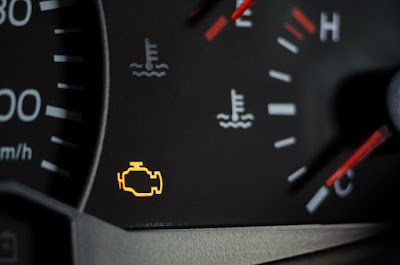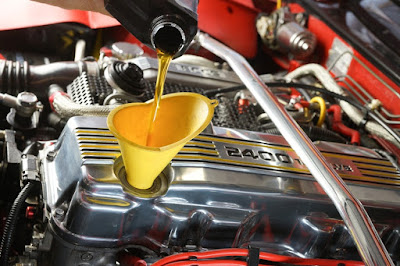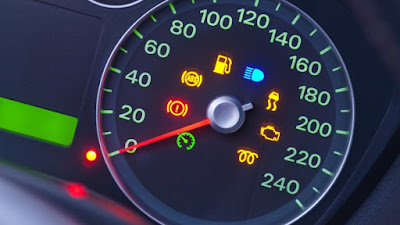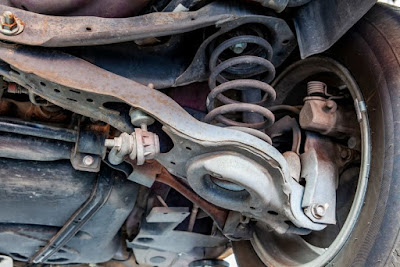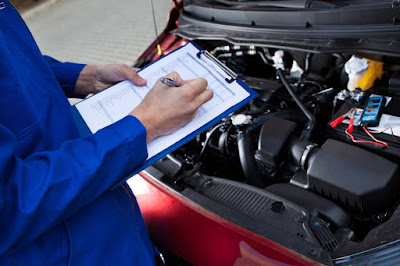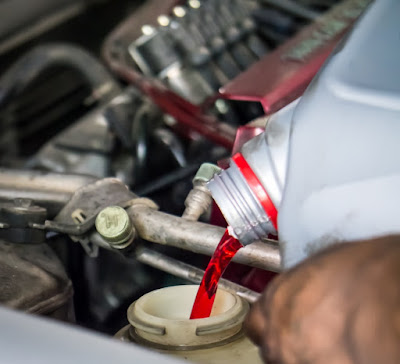A vehicle is more than just 4 wheels rolling down the road. It has many different systems that work together so that you are driving as safely as possible down the road. One vital system, but one that doesn’t receive much attention, is the suspension system. It keeps your vehicle connected to the road!
The suspension system performs 6 functions:
- Helps maintain the appropriate vehicle ride height
- Reduces the effect of shock forces on rough roads
- Helps maintain correct car alignment
- Supports the weight of the vehicle
- Keeps the tires rolling down the road efficiently
- Keeps the wheels turning in the right direction
There are 4 major subsystems that make up the suspension system:
- Tires, wheels, and car axles – Tires provide traction for acceleration, braking, and cornering, as well as absorbing minor bumps. They will wear out over time just from usual wear and tear. Car axles and wheels can also fail from accident potholes.
- Springs – Springs absorb large bumps but may break if the vehicle hits a bump very hard, and some springs will ultimately start to sag. Springs are much less prone to failure than most of the other suspension parts.
- Struts and Shocks – Shocks or struts dampen the motion of the springs after a bump, keeping the vehicle from bouncing excessively. Together with the car axles, shocks and struts work together to ensure that your vehicle operates safely.
- Rods and Connectors – Every suspension system includes rods and other connecting sections that collectively keep the wheels in place. They are solid metal so they rarely fail excepting in major accidents.
- Bushings, bearings, and joints – These parts allow a small amount of twisting among the other parts of the suspension system. They can wear out from usual use and will want to be replaced.
Tip to Remember: When any of the parts of the suspension system wear and fail, the performance of other systems is significantly decreased. For example, it will take a longer distance than normal to come to a complete stop. Don’t let your vehicle be the cause of a serious accident.
Need an inspection of the suspension system? Call our ASE-certified technicians at Proshop Automotive for more information about when do car struts need to be replaced and to request an appointment. Our automotive shop proudly serves residents in Colton, CA, and the surrounding areas.


